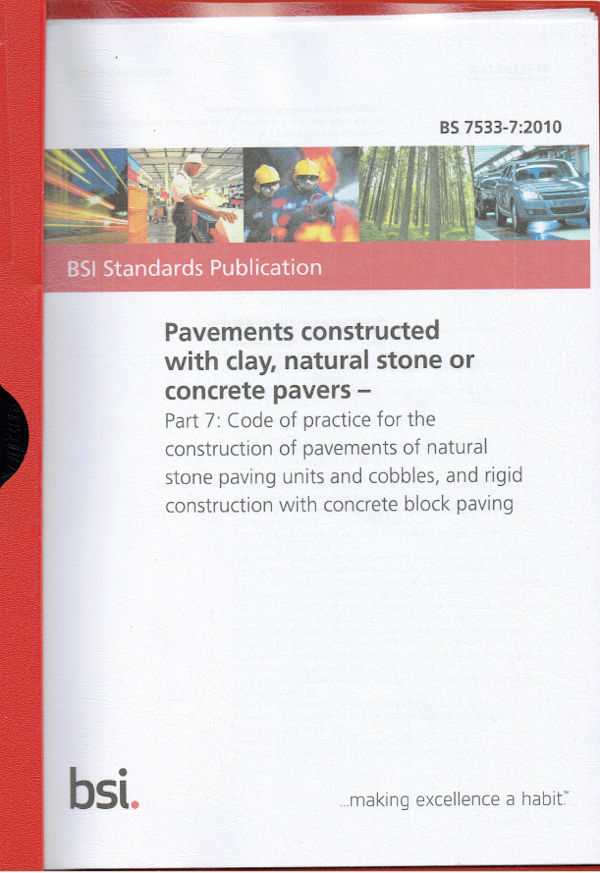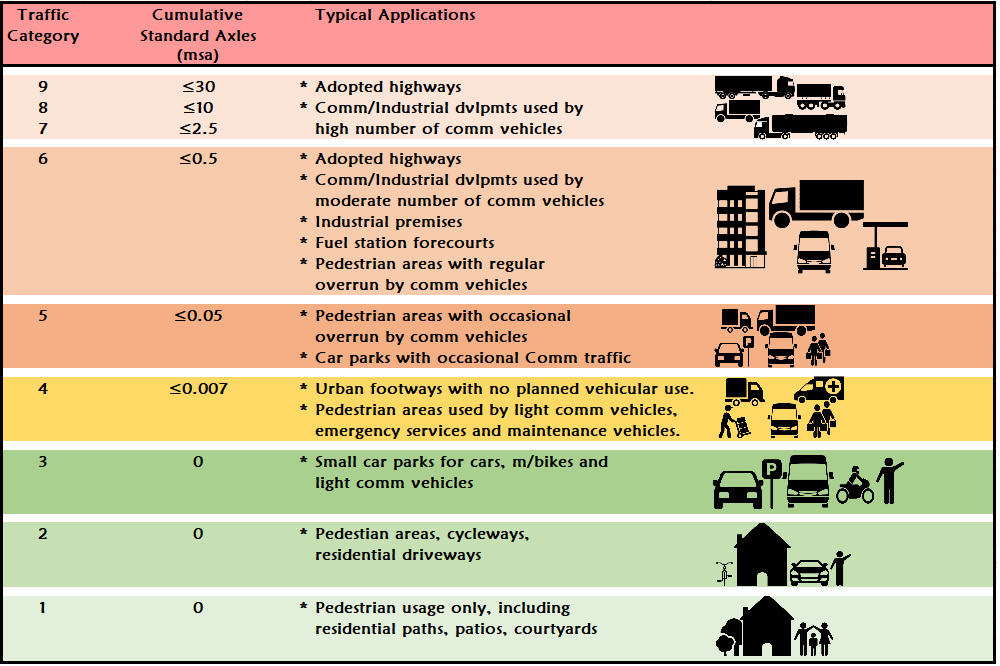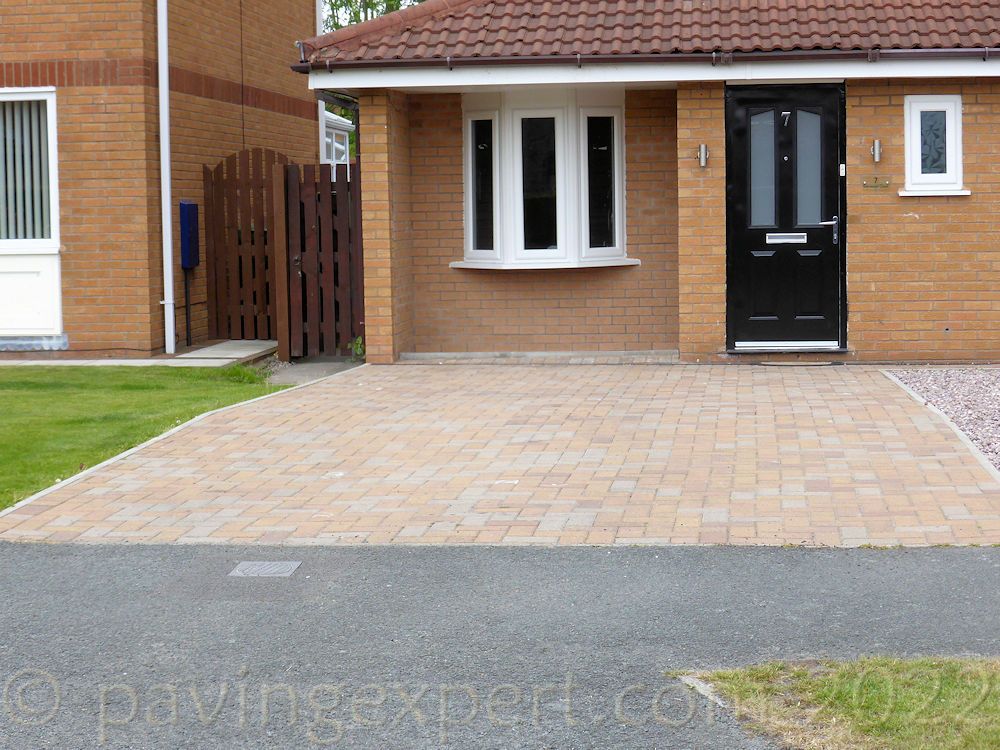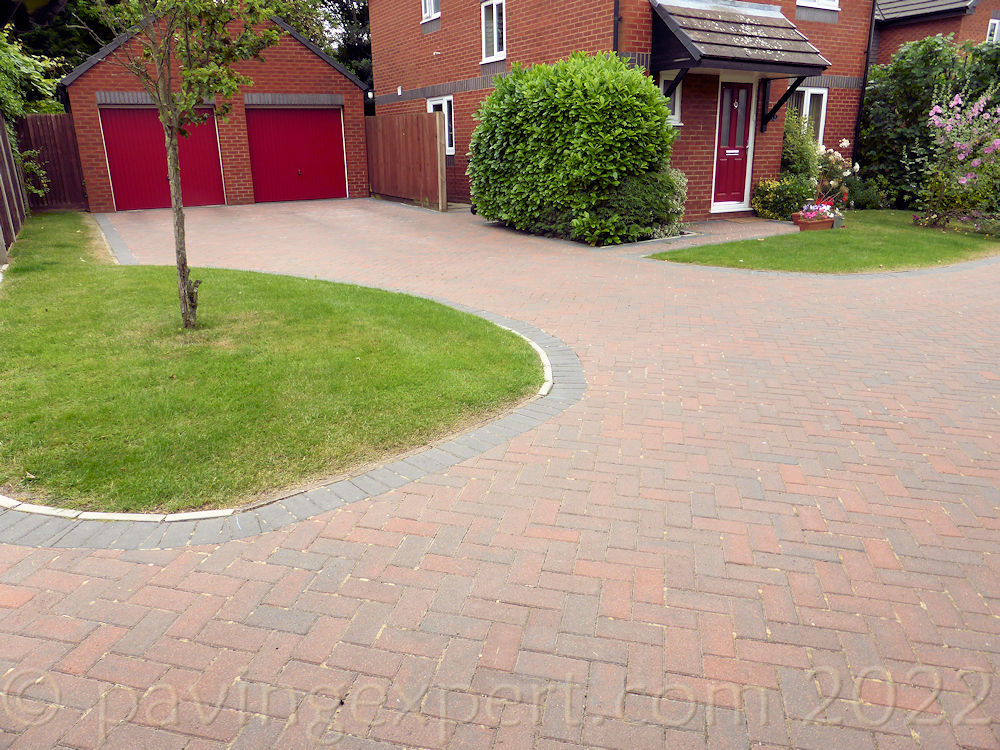The Standard that is used to guide the design of modular pavements was significantly re-vamped and published as BS 7533-101 in the autumn of 2021. This wasn’t just tweaking a few bits and tidying at the edges, but a major reconsideration of how we design and think about paving. There’s another part, with the fiendishly clever title of BS 7533-102, to come, and that will deal with the construction phase, or at least that is the plan.
Obviously, the publication of a re-vamped British Standard presented the opportunity to update engineering knowledge, to embed the latest thinking, and incorporate contemporary technology and research findings so that we will design (and eventually build) modular pavements that are fit for the 21st century. The hope is that such pavements will be more relevant to the way we live and work today, with a far wider range of materials, vastly improved understanding of the possibilities with mortars and concretes, and, of course, the use of ever bigger trucks, wagons, and lorries.

Probably the biggest change, and one that is absolutely central to the design process, is the expanded definitions of Traffic Categories. This is neatly summarised in Table 2a (for unbound construction ) and Table 2b (bound construction).
Previously, we had sort-of four-ish traffic categories from Class 1 (big, heavily trafficked, big loads pavements) to Class 4 (patios and driveways), but some of these classes were sub-divided to reflect different uses, and it all got a bit confusing. Now, we have nine more clearly defined and easily understood Traffic Categories, starting with the new Class 1, which is residential paving with no vehicular use (so: a patio or pathway), passing through Class 3 (your average residential driveway or small ‘pub car park), right up to Classes 7, 8 and 9 which are adoptable highways with varying levels of traffic.
The table for unbound construction looks something like this….

In BS 7533-102, the likelihood is that the lower Traffic Categories will be further described to help design-and-build small contractors better understand these less demanding pavements which are predominantly residential.
At the time of writing (and it has been changing with each successive meeting of the drafting committee), Cats 1-3 are likely to be defined along these lines…..

…..this not-quite-official table was developed following l-o-o-n-g discussion about how smaller contractors could be guided towards a suitable design, especially the build-up layers (sub-grade – sub-base – base) without them needing a degree in Civil Engineering or a deep familiarity with BS 7533-101.
The key difference between Cat 2 “parking spaces” and Cat 3 “driveways” is that the “parking space” is imagined as a small area of vehicle-capable paving laid in front of or to the side of a dwelling, where a car or two drive on and reverse off, nothing more complicated than that. Where it’s a longer or bigger paved area, with vehicles driving along or across it, accelerating, decelerating, changing direction and/or making three-point turns, then it’s definitely a Cat 3 pavement….at the very least.


Also, think about what will be the heaviest vehicles *ever* use to the pavement. If it’s a residential driveway with cars and vans making three-point turns the assumption may be that it’s a Cat 3 pavement, but if a big 4x4 with horse-box uses it, or if there’s a delivery of heating oil, a septic tank wagon, or a tractor using it to get to an adjacent field, then the classification *must* move up to that appropriate Category, whether it’s Cat 5, 6, 7 or above…..and that entails a proper design based on the principles of BS 7533-101
In all cases, whether it’s a possible Cat 1 job or a public highway, the advice is to err upwards. When it’s not clear whether it’s a Cat 2 or a Cat 3, go with Cat 3.
